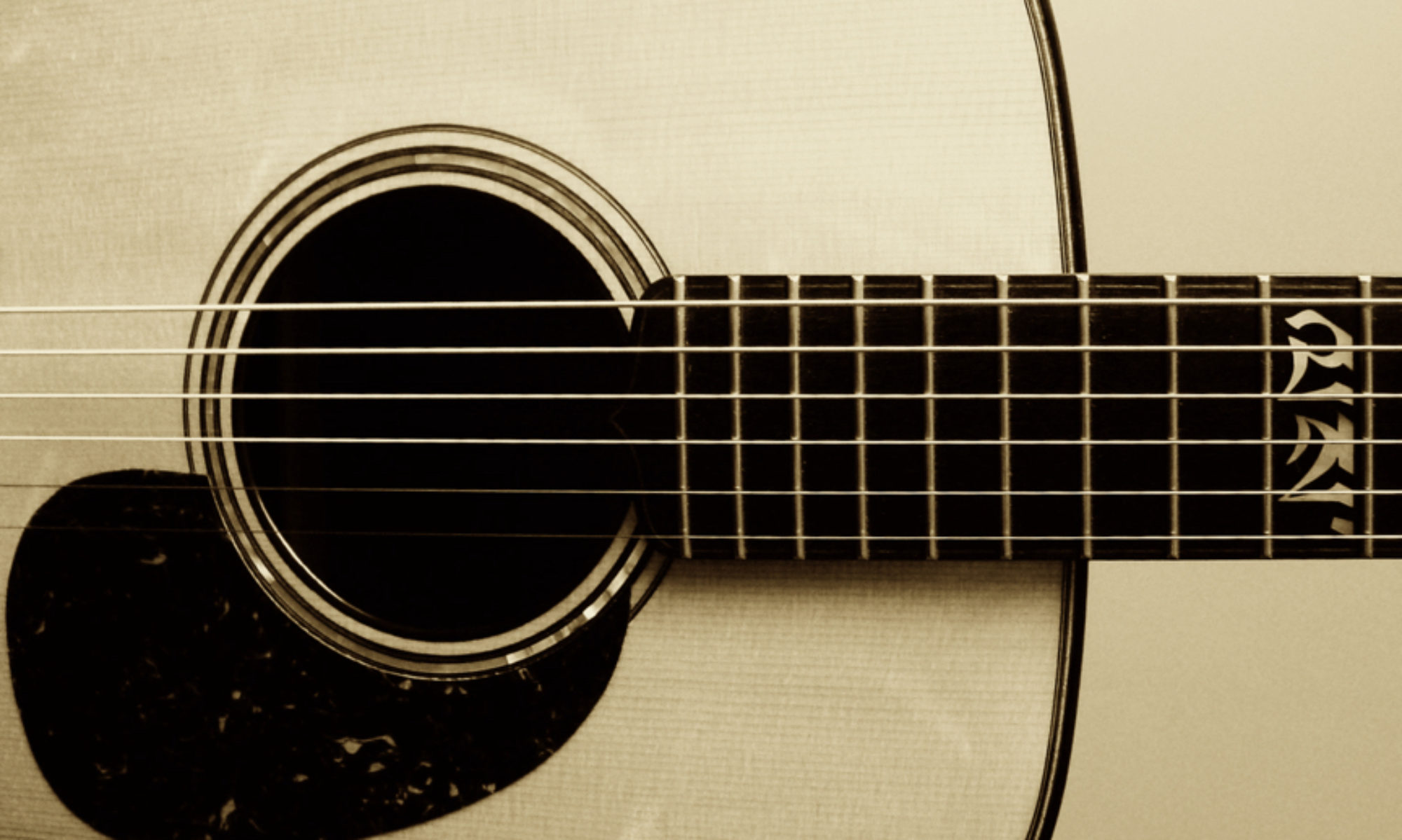Yesterday morning I spoke to John Carlini on the phone. At the suggestion of Rolly Brown, I had emailed John to inquire about taking guitar lessons. I got a reply on Monday saying to call on a weekday morning to talk it over.
I was a little bit surprised to find that I was nervous. I’m not generally intimidated by people, but I suppose I had thought about this long enough for the realization to settle in that I was speaking to a man who had worked with not just one, but several of the musicians I had most respected in my life. All of the discomfort was completely in my own head, of course. John couldn’t possibly have been more pleasant, down-to-earth, and normal.
He asked how long I had been playing, what kinds of music I was interested in, all the questions a teacher might ask a prospective student. Nothing out of the ordinary, and all pretty matter-of-fact. I would guess the entire conversation lasted 15 or 20 minutes, and despite my nervousness and inability to articulate much in the way of a specific goal I’m aiming to achieve with these lessons, when I hung up I found myself with directions to his home and an appointment to begin bi-weekly lessons on June 17.
That gives me two weeks. I’ve got to get some serious practice time in between now and then. I haven’t played in months, and I am sure the rust has settled in nice and thick at this point. All the talk and speculation is over now. I gotta get to work.
